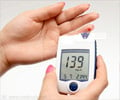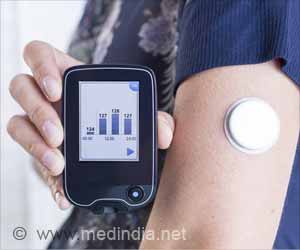
It is hoped that the scaffolds can be transplanted into patients with Type 1 diabetes to help regulate blood sugar levels and avoid dangerous low blood sugar events.
"Our results showed that once the islet cells were retrieved from the 3D scaffolds in the lab, they were able to produce insulin and respond to glucose in the same way as non-printed islet cells," said Van Apeldoorn, Co-author of the study University of Twente, Netherlands.
In their study, the group of researchers sought to increase the success of islet transplantation by creating bio-engineered scaffolds to help deliver the transplanted islet cells into patients, ensuring the cells are protected and fully functioning when placed at the donor site.
The scaffolds also ensured that the islet cells would not migrate uncontrollably through the body once transplanted into the donor site.
Advertisement















